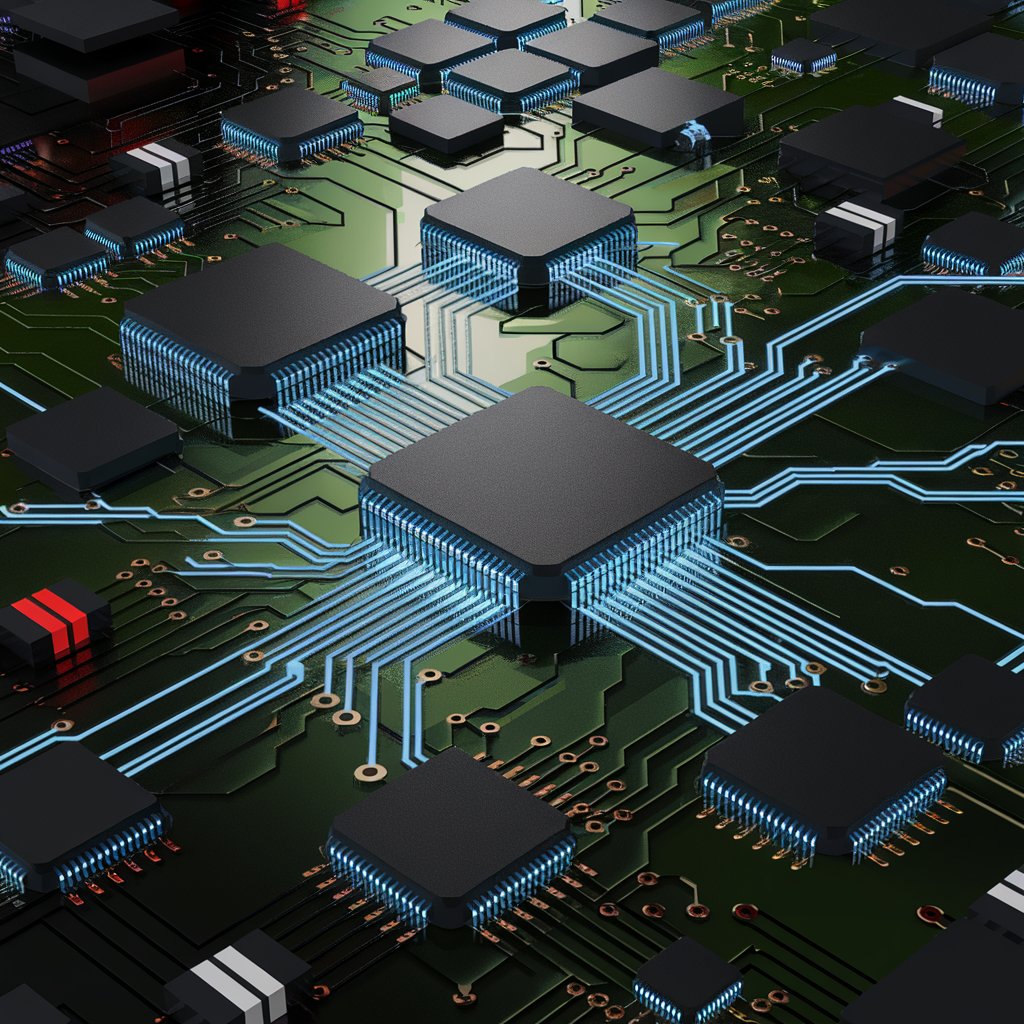Artificial Intelligence (AI) is one of the most talked-about technologies today, influencing industries, businesses, and even our daily lives. But what exactly is AI, how can we use it effectively, and what are its benefits and drawbacks? This guide breaks it all down in simple terms.

What is Artificial Intelligence (AI)?
Artificial Intelligence (AI) refers to computer systems designed to perform tasks that usually require human intelligence. These tasks include problem-solving, decision-making, language understanding, and learning from experience. AI systems use algorithms and large amounts of data to recognize patterns and make predictions or automate processes.
There are different types of AI, including:
- Narrow AI (Weak AI): This type of AI is designed for specific tasks, such as virtual assistants (e.g., Siri, Alexa), chatbots, or recommendation systems (e.g., Netflix, YouTube).
- General AI (Strong AI): A theoretical AI that can think, learn, and perform any intellectual task that a human can do. This level of AI is not yet developed.
- Machine Learning (ML): A subset of AI where systems learn from data and improve performance over time without being explicitly programmed.
- Deep Learning: A more advanced form of machine learning using neural networks, enabling AI to process large datasets and recognize patterns (e.g., facial recognition).
How to Use AI in Everyday Life
AI is not just for tech experts—it’s something we all use, sometimes without even realizing it. Here are some common ways you can use AI:
1. Virtual Assistants
AI-powered assistants like Google Assistant, Siri, and Alexa help with scheduling, reminders, weather updates, and more. Simply use voice commands to interact with them.
2. Smart Recommendations
Streaming services like Netflix and Spotify use AI to suggest movies and songs based on your preferences. Similarly, eCommerce platforms like Amazon recommend products based on your browsing history.
3. AI-Powered Chatbots
Customer service chatbots on websites provide instant responses to common inquiries, saving time and improving user experience. Many businesses use AI chatbots for 24/7 customer support.
4. AI in Writing and Content Creation
Tools like ChatGPT, Grammarly, and Jasper AI assist with writing, correcting grammar, and even generating creative content for blogs, emails, and social media.
5. AI for Image and Video Editing
AI-powered tools like Canva and Adobe Sensei help edit images, enhance quality, remove backgrounds, and even create art based on text descriptions.
6. AI in Healthcare
AI assists doctors in diagnosing diseases, analyzing medical reports, and predicting health risks. AI-powered fitness apps also help users track their exercise routines and diet plans.
7. AI in Finance
AI is used in banking for fraud detection, automated trading, and financial planning tools that analyze spending habits to suggest budgeting strategies.
8. AI for Smart Homes
Devices like smart thermostats, security cameras, and lighting systems use AI to learn your preferences and automate your home environment.
Pros and Cons of AI
While AI offers many advantages, it also comes with certain challenges. Let’s look at both sides.
✅ Pros of AI
✔ Efficiency and Automation
AI automates repetitive tasks, reducing workload and improving productivity. For example, AI chatbots handle customer inquiries instantly.
✔ Data Analysis and Insights
AI can process vast amounts of data quickly, identifying trends and patterns that humans might miss. Businesses use AI to make data-driven decisions.
✔ Personalization
From personalized Netflix recommendations to targeted ads, AI enhances user experience by tailoring content based on individual preferences.
✔ Improved Accuracy
AI-powered diagnostic tools in healthcare can detect diseases early, increasing the accuracy of medical treatment.
✔ 24/7 Availability
Unlike humans, AI systems don’t need breaks or sleep. AI chatbots and virtual assistants provide support anytime, anywhere.
✔ Enhancing Creativity
AI tools assist artists, writers, and designers in generating new ideas, creating visuals, and improving content.
❌ Cons of AI
✖ Job Displacement
AI automation may replace jobs in industries like customer service, manufacturing, and transportation, raising concerns about unemployment.
✖ Lack of Human Judgment
AI lacks human emotions and ethical decision-making skills, making it unreliable in complex moral situations.
✖ Data Privacy Concerns
AI relies on massive datasets, often raising concerns about how personal information is collected and used. Cybersecurity risks also increase with AI advancements.
✖ High Costs of Implementation
Developing and maintaining AI systems can be expensive, making it less accessible for small businesses and startups.
✖ Bias and Errors
AI systems can inherit biases from the data they are trained on, leading to inaccurate or unfair decisions, especially in areas like hiring and law enforcement.
✖ Over-Reliance on AI
Relying too much on AI can lead to reduced critical thinking and problem-solving skills in humans.
Final Thoughts
AI is a powerful technology that is reshaping how we live and work. From smart assistants to advanced healthcare applications, AI offers countless benefits while also presenting some challenges. Understanding AI’s capabilities, limitations, and ethical implications is crucial as we continue to integrate it into our lives.
While AI is not a perfect solution, using it wisely can enhance productivity, creativity, and convenience. As AI continues to evolve, it is essential to strike a balance between automation and human intelligence.
Share your thoughts in the comments! 🚀
